Disclosure: This article contains affiliate links. We may earn a commission from purchases at no extra cost to you, which helps our travel content.
The Amazon rainforest has always fascinated me as both a geological wonder and a living laboratory for human adaptation. When I decided to spend a week in Iquitos, Peru—the largest city in the world inaccessible by road—I knew I was in for a unique mental and physical journey. As someone who studies the intersection of environment and psychological wellbeing, I was curious: what does it mean for our collective psyche when a modern city of nearly 400,000 people exists completely disconnected from the global road network? After my recent burnout recovery journey, this isolated urban center surrounded by uninterrupted jungle presented the perfect opportunity to examine how geographic isolation shapes community mental health while satisfying my geological curiosity about this unique Amazonian setting.
Getting There: The Journey as the Destination
Most travelers reach Iquitos via a two-hour flight from Lima, but as someone studying the psychological effects of geographical isolation, I opted for the more immersive route: a three-day boat journey from Yurimaguas. This slow travel approach costs roughly 120 soles ($30) for a basic hammock space—a stark contrast to the $200+ flight.
The river journey fundamentally reorients your relationship with time and space. Without the usual landmarks of highways and road signs, you begin to measure progress differently—by river bends, small communities appearing and disappearing along muddy banks, and the gradual shifts in the surrounding ecosystem.
I spent hours on the upper deck with my waterproof binoculars, which proved invaluable for spotting pink river dolphins and distant birds. The psychological transition was palpable; as the last cell signal disappeared, I observed my own mind shifting from the perpetual multi-tasking mode of Tokyo to a state of presence that's increasingly rare in our connected world.
By day three, I found myself engaged in deep conversations with fellow passengers—Peruvians returning home, indigenous traders, and the occasional adventurous traveler. There's something about shared isolation that accelerates human connection, a phenomenon I've observed repeatedly in my cross-cultural psychiatric research.
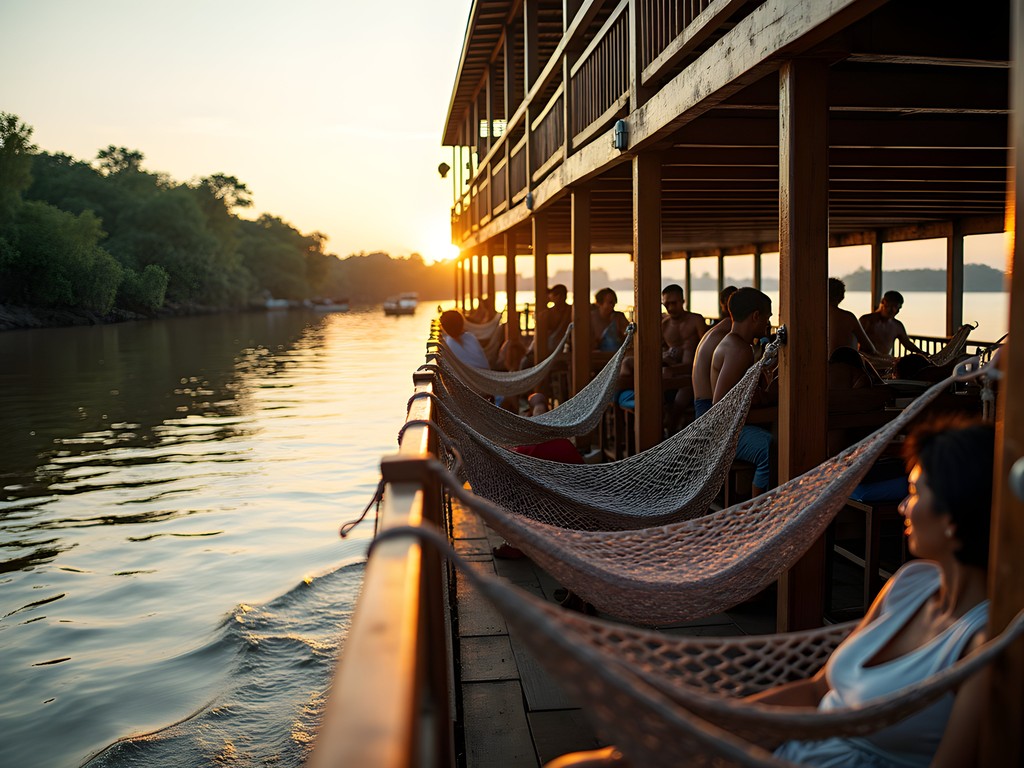
💡 Pro Tips
- Book your boat ticket 1-2 days in advance during high season (June-August)
- Bring your own hammock for the multi-day journey—they're sold cheaply in Yurimaguas markets
- Pack enough water and snacks, though basic meals are typically included
Finding Your Base: Budget Accommodations with Character
Arriving in Iquitos feels surreal—a bustling city emerging from the jungle with no connecting roads to the outside world. For budget travelers, I recommend staying in the Belén district, where I found a simple but clean room at Hospedaje El Colibri for just 40 soles ($10) per night. While basic, it offered the authentic experience I was seeking, with a shared rooftop terrace where locals and travelers exchange stories each evening.
For those preferring more amenities while maintaining budget-consciousness, The Amazon Within Hostel near the Plaza de Armas offers dorm beds from 35 soles ($9) and private rooms from 80 soles ($20), with the added benefits of reliable Wi-Fi and a helpful English-speaking staff.
I opted for a middle path, spending my first three nights at Amazon Within to orient myself and make connections, then transitioning to a local homestay I arranged through contacts at the hostel. This combination provided both comfort and cultural immersion.
From a psychological perspective, I found that having a stable base was particularly important in Iquitos. The sensory intensity of the city—its humidity, sounds, smells, and visual stimuli—can be overwhelming for even experienced travelers. Your accommodation becomes not just a place to sleep but a necessary retreat for mental processing.
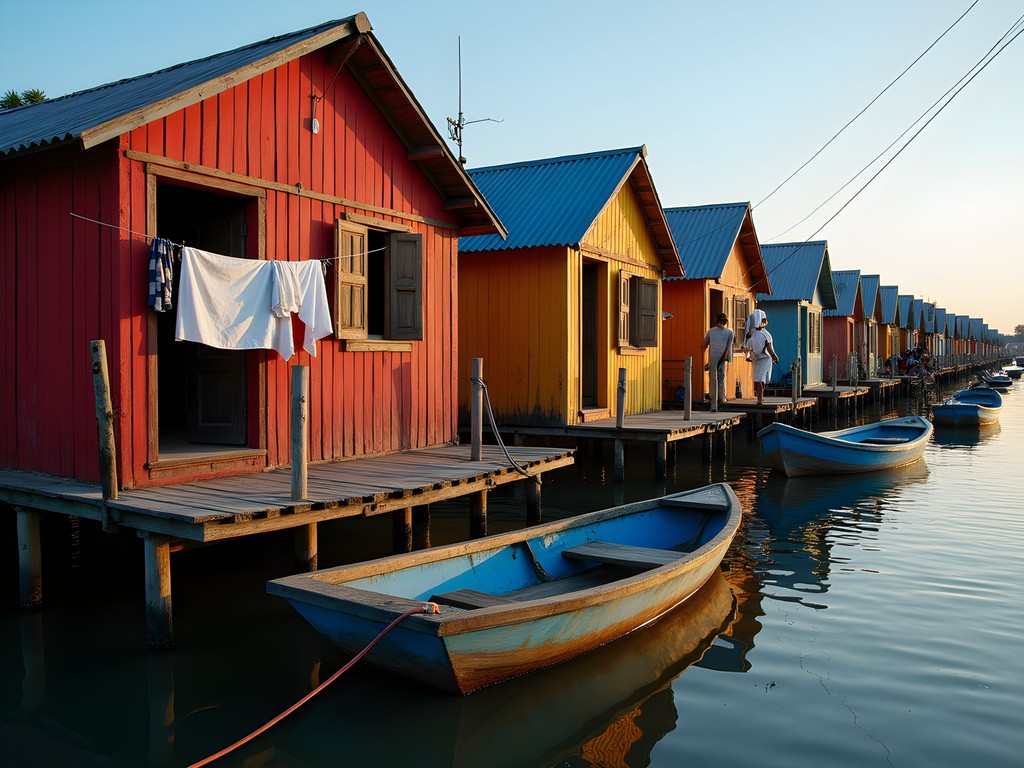
💡 Pro Tips
- Book accommodations with ceiling fans or air conditioning—the humidity is relentless
- Bring earplugs as the city rarely sleeps and noise travels in the humid air
- Consider splitting your stay between different neighborhoods to experience the city's diversity
Urban Exploration: Navigating a City Without Roads
Iquitos presents a fascinating urban planning case study—a city that developed without the organizing principle of major roadways connecting to other population centers. Instead, the city's layout follows the logic of the river and its tributaries.
I spent my first full day simply walking the malecon (riverfront promenade) and central district, observing how life organizes around water rather than asphalt. The most striking feature is the prevalence of mototaxis—over 40,000 of these three-wheeled vehicles zip through the city, creating a chaotic but somehow functional transportation system. A typical ride costs 3-5 soles ($0.75-$1.25) depending on distance.
Don't miss the Iron House (Casa de Fierro), a structure designed by Gustave Eiffel himself and shipped piece by piece to this remote location during the rubber boom. The juxtaposition of European industrial architecture in the middle of the Amazon perfectly captures the city's surreal character.
The Belén Market offers the most intense sensory experience—a sprawling maze selling everything from medicinal plants to jungle meat. As a psychiatrist interested in traditional healing practices, I was fascinated by the ayahuasca components and medicinal plants openly sold here, representing knowledge systems that long predate Western psychological approaches.
For a deeper understanding of the region's complex history, the Museum of Indigenous Amazonian Cultures provides excellent context through artifacts and educational displays about the diverse indigenous groups who have inhabited this region for millennia.
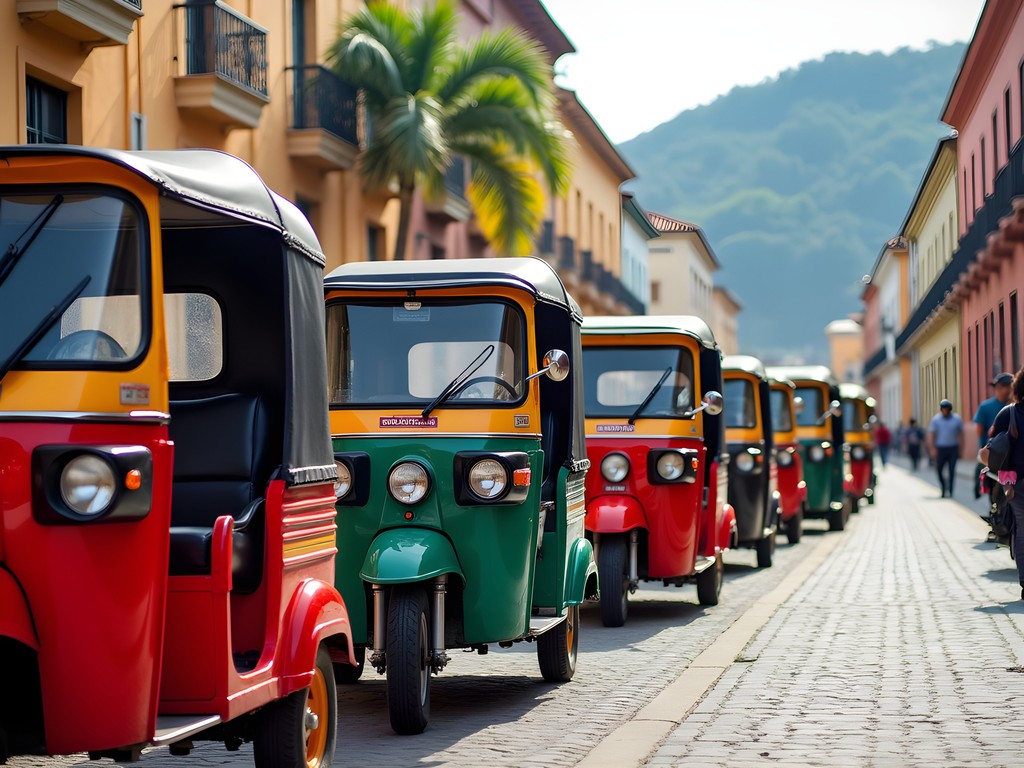
💡 Pro Tips
- Use the Plaza de Armas as your orientation point when navigating the city
- Visit Belén Market early (before 9am) when it's less crowded and temperatures are cooler
- Carry small bills for mototaxis as drivers rarely have change
Beyond the City: Jungle Excursions on a Budget
While Iquitos itself is fascinating, the surrounding Amazon rainforest is the region's true treasure. As a budget traveler with a background in geology and mental health, I approached jungle excursions with dual interests: understanding the ecosystem and observing how immersion in primary rainforest affects psychological wellbeing.
After researching numerous options, I chose a 3-day/2-night excursion with Amazon Explorer, costing 600 soles ($150) all-inclusive. This was significantly cheaper than the luxury lodges charging $100+ per night, yet still provided authentic experiences with knowledgeable guides. Before committing, I visited their office near the Plaza de Armas to meet the guides and clarify exactly what the trip included.
Preparing for jungle excursions requires thoughtful packing. My dry bag proved essential for protecting my journal and camera during sudden downpours and canoe trips. I also relied heavily on my headlamp during night walks when we searched for nocturnal creatures.
The psychological impact of true rainforest immersion is profound. Research shows that exposure to biodiverse environments can reduce stress hormones and improve cognitive function, but the Amazon takes this to another level. During a night spent in a basic jungle camp, I experienced what indigenous guides call 'forest bathing'—a sensory immersion that seems to recalibrate the nervous system.
For those with limited time or budget, day trips to nearby reserves like Monkey Island (Isla de los Monos) cost around 100 soles ($25) and still provide meaningful jungle experiences without the commitment of overnight stays.

💡 Pro Tips
- Book jungle tours after arriving in Iquitos for better prices—they're much cheaper than booking online
- Always check if your guide speaks your language fluently before booking
- Pack lightweight, quick-dry clothing that covers arms and legs for mosquito protection
Cultural Immersion: Mental Wellness Through Local Perspectives
As a psychiatrist researching cross-cultural approaches to mental health, Iquitos offered a unique opportunity to explore how geographic isolation shapes community wellness practices. The city exists at a fascinating intersection of indigenous knowledge, Catholic traditions, and contemporary approaches to wellbeing.
I spent an afternoon at the Pilpintuwasi Butterfly Farm and Animal Orphanage, where I connected with staff working on conservation psychology—the study of how humans emotionally relate to environmental preservation. The entrance fee of 30 soles ($7.50) supports their rehabilitation work with animals rescued from the illegal wildlife trade.
One of my most meaningful experiences came through connecting with a women's cooperative near Belén Market, where I participated in a traditional craft workshop. Beyond learning practical skills, these sessions revealed how creative expression serves as community therapy in a setting where formal mental health services are limited.
For those interested in indigenous healing traditions, approach with caution and respect. While ayahuasca retreats are heavily marketed to tourists, many are exploitative or inauthentic. If this interests you, extensive research is essential. The Ethnobotanical Garden at the IIAP (Instituto de Investigaciones de la Amazonía Peruana) offers a more educational introduction to medicinal plants without the commercialized spiritual tourism aspect.
I found that simply engaging in daily rituals—like joining locals for early morning exercise along the malecon or participating in evening gatherings in neighborhood plazas—provided insight into how community connections buffer against isolation's psychological challenges.
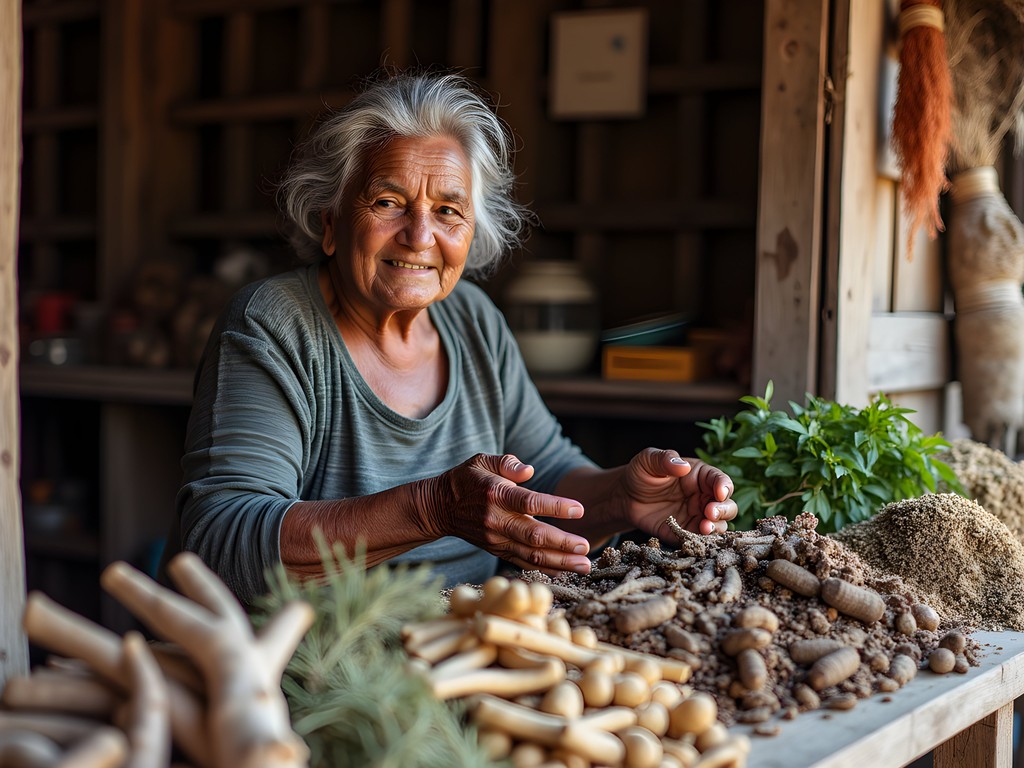
💡 Pro Tips
- Learn basic Spanish phrases to facilitate deeper connections with locals
- Respect photography etiquette—always ask permission before photographing people
- Participate in community activities like Sunday evening gatherings in Plaza de Armas
Practical Survival: Managing the Challenges of Isolation
Iquitos's isolation creates unique practical challenges that even experienced travelers should prepare for. The city's disconnection from the road network means everything not produced locally must arrive by air or river, affecting both availability and cost.
Banking is a primary concern—ATMs frequently run out of cash, especially during holidays or festivals. I withdrew my anticipated budget immediately upon arrival and secured most of it in my money belt, which proved invaluable for discreetly carrying cash in crowded areas.
Healthcare access requires forethought. I packed a comprehensive first aid kit including broad-spectrum antibiotics (prescribed by my doctor before traveling), high-quality mosquito repellent, and anti-diarrheal medication. While Iquitos has hospitals and clinics, they may lack specialized equipment or medications.
Internet connectivity varies dramatically across the city. I purchased a local SIM card from Claro (20 soles/$5 with data) immediately upon arrival, which provided reasonable service in central areas but became unreliable in peripheral neighborhoods. Most hostels and cafés offer Wi-Fi, but expect frequent outages, especially during heavy rain.
Food safety requires vigilance without becoming paranoid. Street food represents an important cultural experience, but I followed locals' recommendations on which stalls maintained the best hygiene practices. The juice stands along the malecon offer amazing Amazonian fruit combinations at minimal cost (5-8 soles/$1.25-$2), providing both refreshment and immune-boosting nutrients.
Despite these challenges, there's something psychologically liberating about adapting to a place defined by its disconnection. Research shows that successfully navigating unfamiliar systems builds cognitive flexibility and resilience—mental skills that transfer back to our everyday lives.
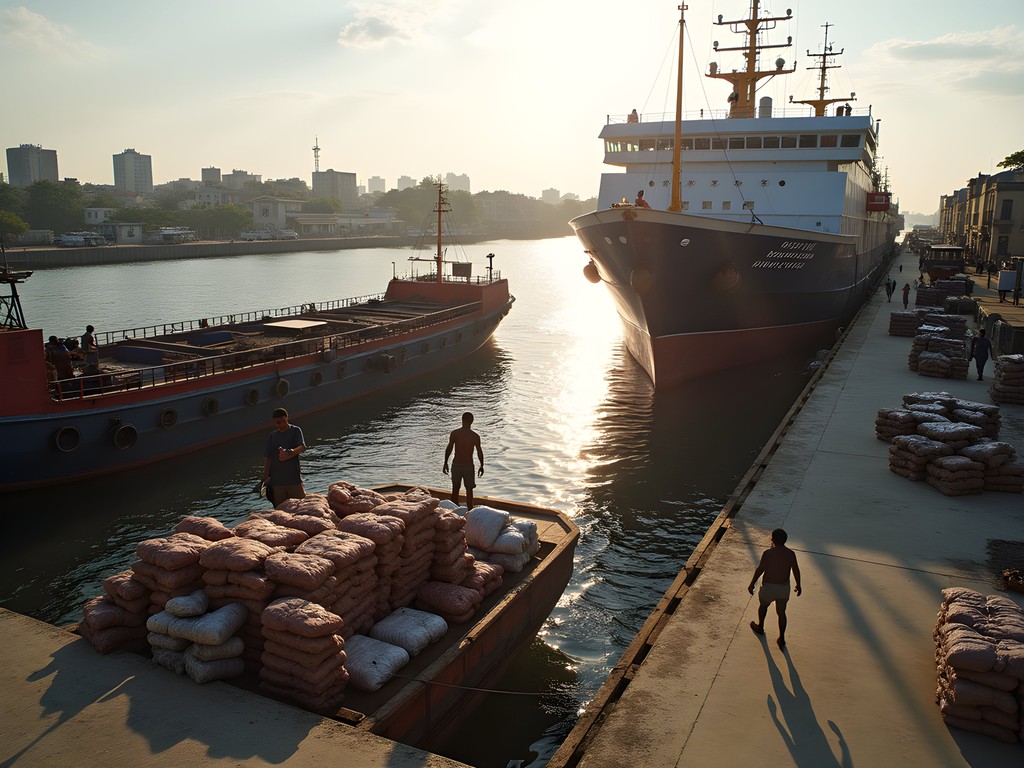
💡 Pro Tips
- Withdraw cash immediately upon arrival as ATMs frequently run out
- Purchase a local SIM card for emergency connectivity
- Pack essential medications as specific pharmaceuticals may be unavailable
Final Thoughts
As my boat pulled away from Iquitos toward my next destination, I reflected on how this isolated urban experiment had shifted my perspective. There's profound psychological value in experiencing places that challenge our assumptions about connectivity and accessibility. Iquitos demonstrates that isolation doesn't necessarily mean disconnection—it simply requires different systems of relationship and resilience.
For the mindful traveler, Iquitos offers more than exotic adventure; it provides a living case study in human adaptation and community formation outside the standard patterns of global development. Whether you're drawn by geological curiosity about this unique river basin, interest in Amazonian ecosystems, or simply the allure of experiencing a city that exists in magnificent defiance of our road-mapped world, Iquitos rewards those willing to embrace its rhythms and challenges. What psychological insights might you gain by temporarily stepping outside the interconnected world we take for granted?
✨ Key Takeaways
- Iquitos offers unique insights into human adaptation to geographical isolation
- Budget travel is very feasible but requires flexibility and advance planning
- The psychological benefits of disconnection can be profound even for short visits
- Combining urban exploration with jungle excursions provides the most complete experience
📋 Practical Information
Best Time to Visit
June-August (drier season) or November-December (fewer tourists)
Budget Estimate
$30-50/day including accommodation, food, and local activities
Recommended Duration
5-7 days minimum
Difficulty Level
Challenging
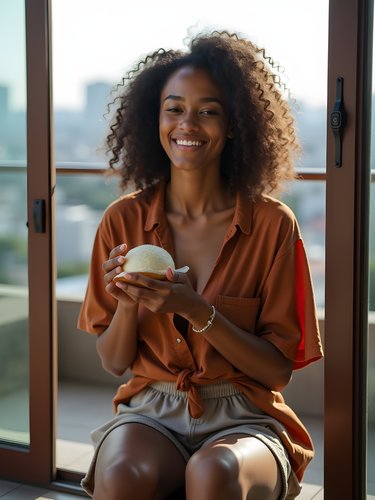
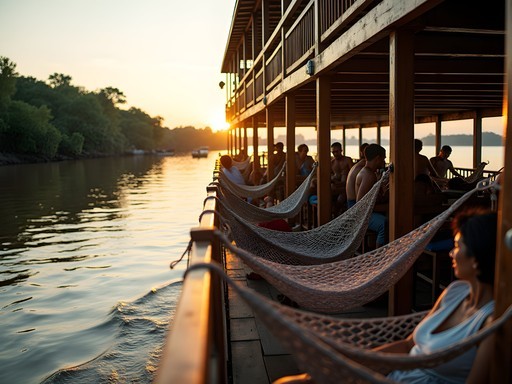
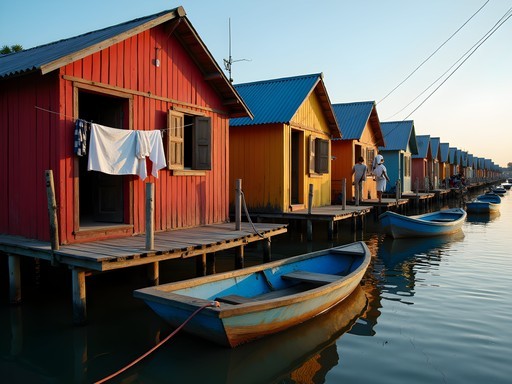
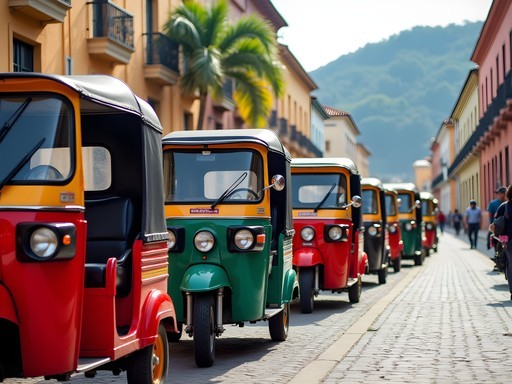
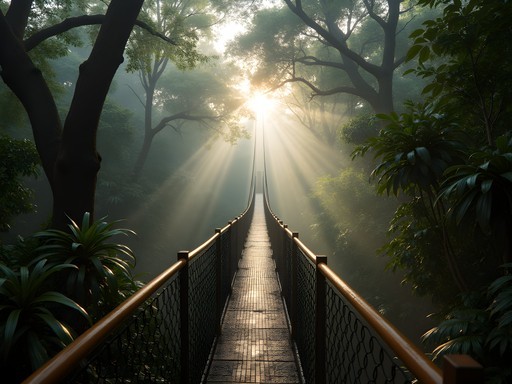
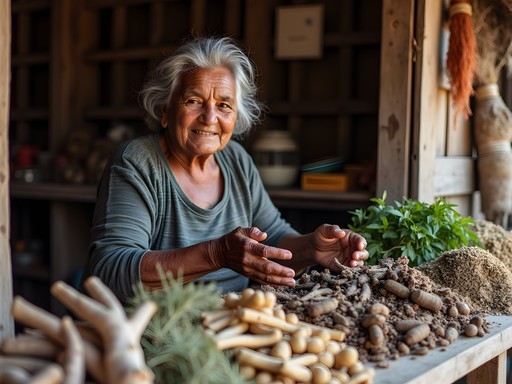
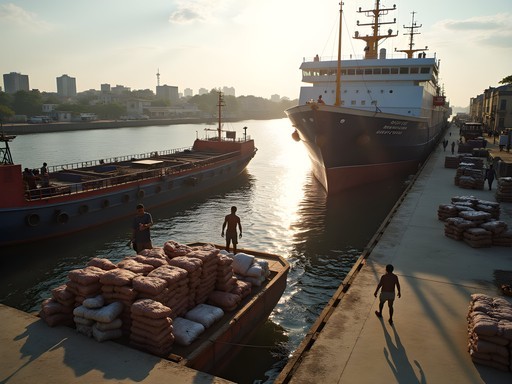


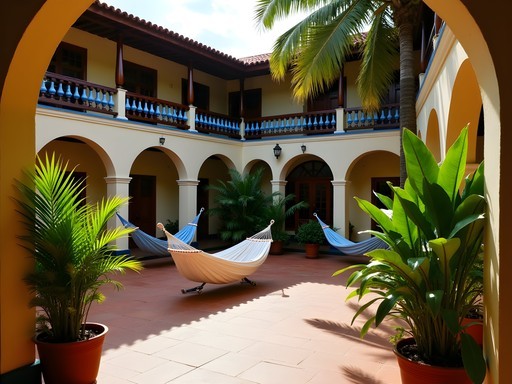







Comments
SoloWanderer
How's the internet situation there? Need to do some work while traveling.
DigitalNomad99
Not great but workable in the city. I got a local SIM card as backup. Forget about it once you're on jungle excursions though!
AmazonExplorer
If anyone's heading to Iquitos, don't miss the manatee rescue center! It's affordable and supports conservation. We spent a couple hours there and it was a highlight of our trip.
EcoTraveler
Yes! The Amazon Rescue Center! We got to feed the baby manatees and learn about their rehabilitation. Definitely worth visiting.
happymaster
That shot of the colorful houses on stilts is amazing! Really captures the whole 'Venice of the Amazon' vibe. Did you need special permission to photograph in the indigenous communities?
Leah Boyd
Thanks! And yes, always asked before taking photos in communities. Most people were fine with it if you show genuine interest in their lives and culture first. Building rapport before pulling out the camera made all the difference.
JungleJim
Great post! The photos really capture the unique vibe of Iquitos.
moonguide
Going there next month! How's the internet situation? Need to check in with work occasionally.
adventurephotographer
Decent in the city center, spotty elsewhere. Most hostels and cafes have WiFi but it can be slow. Cell service with Claro worked well for me in town.
Stephanie Romano
Love this post! We visited Iquitos last year with our kids (10 and 12) and it was one of the most educational trips we've ever taken. The journey there really is half the adventure! We flew in from Lima but took the slow boat back downstream which gave us amazing wildlife spotting opportunities. For families considering this trip - it's totally doable with kids but bring plenty of mosquito repellent and be prepared for the humidity. My kids were fascinated by how a city this size functions without roads connecting it to the outside world. It really sparked great conversations about infrastructure, sustainability, and different ways of life. Leah, your section on budget accommodations was super helpful. We stayed at La Casa Fitzcarraldo after reading about it in your earlier posts and the riverside location was perfect for us!
TravelMama42
Did your kids struggle with the heat? Thinking of taking mine (8 and 11) but worried about the climate.
Stephanie Romano
They did fine! We paced ourselves, took afternoon breaks in our air-conditioned room, and carried water everywhere. The boat trips have nice breezes too. Just avoid the midday sun and you'll be good!
Sage Dixon
Leah, your post brought back vivid memories of my time in Iquitos! I was there during a historic flood in 2021, and seeing how the city adapted was remarkable - temporary wooden walkways appeared overnight, and business continued as usual with water lapping at doorsteps. The resilience was incredible. For anyone heading there, don't miss the Belén floating market at dawn - it's chaotic but offers a genuine glimpse into Amazonian commerce. And definitely try the juane (rice and chicken wrapped in bijao leaves) from street vendors. One experience I'd add: take a sunrise canoe trip with local fishermen if you can arrange it - the perspective of approaching the city from the water as it wakes up is unforgettable.
Kimberly Murphy
Fantastic post on Iquitos! I visited back in 2023 and was equally fascinated by this isolated urban island in the Amazon. For anyone planning a trip, I highly recommend taking a small dry bag for boat trips and jungle excursions - absolute lifesaver during those sudden downpours! One tip I'd add: book your jungle lodge AFTER arriving in Iquitos. The prices quoted online are often 3-4x what you'll pay locally. I stayed at the Maniti Camp Expeditions for about $65/day all-inclusive when online it was listed for $180+. Also, the Ayahuasca ceremonies around Iquitos vary wildly in quality and safety - do thorough research if that's on your list!
adventurediver
Totally agree about booking locally! We saved so much money that way. Did you fly in or take the slow boat?
Kimberly Murphy
I flew in from Lima (time constraints) but took the fast boat to Yurimaguas on the way out - 12 hours instead of 3 days! Kind of wish I'd experienced the slow boat though.
RiverAdventurer
Going there next month! How safe did you feel in the city? And any tips for booking jungle excursions once I'm there vs. booking online?
mountainlover
Not the author but I felt pretty safe in the main areas! Just use normal city precautions. Definitely book jungle tours AFTER you arrive - way cheaper and you can meet the guide first.
Stephanie Romano
Agree with mountainlover! We saved about 40% booking in person vs online. Just make sure to bring enough cash as ATMs can be unreliable. Our family did a 3-day jungle stay and my kids still talk about seeing pink dolphins! I recommend bringing a good headlamp for nighttime - our headlamp was perfect for spotting nocturnal creatures.
roamexplorer
Going there next month! How's the WiFi situation? Need to check in with work occasionally. Also, did you feel safe walking around at night?
Leah Boyd
WiFi is surprisingly decent in the center! Most hostels and cafes have it, though it can be spotty during heavy rain. I felt safe in the tourist areas at night, but used motorcycle taxis after 10pm in other neighborhoods. The malecón (waterfront) is beautiful for evening walks!
Venture X
Premium card with 2X miles, $300 travel credit, Priority Pass